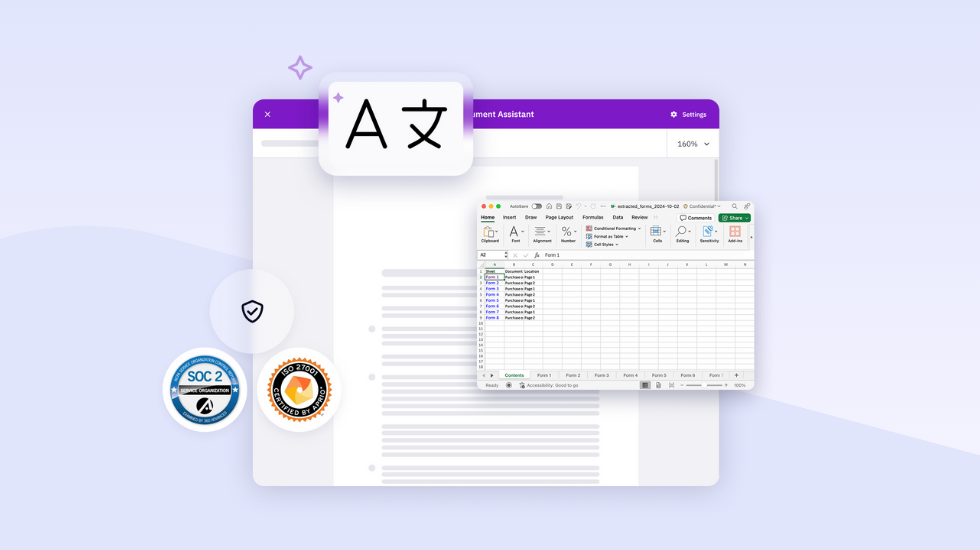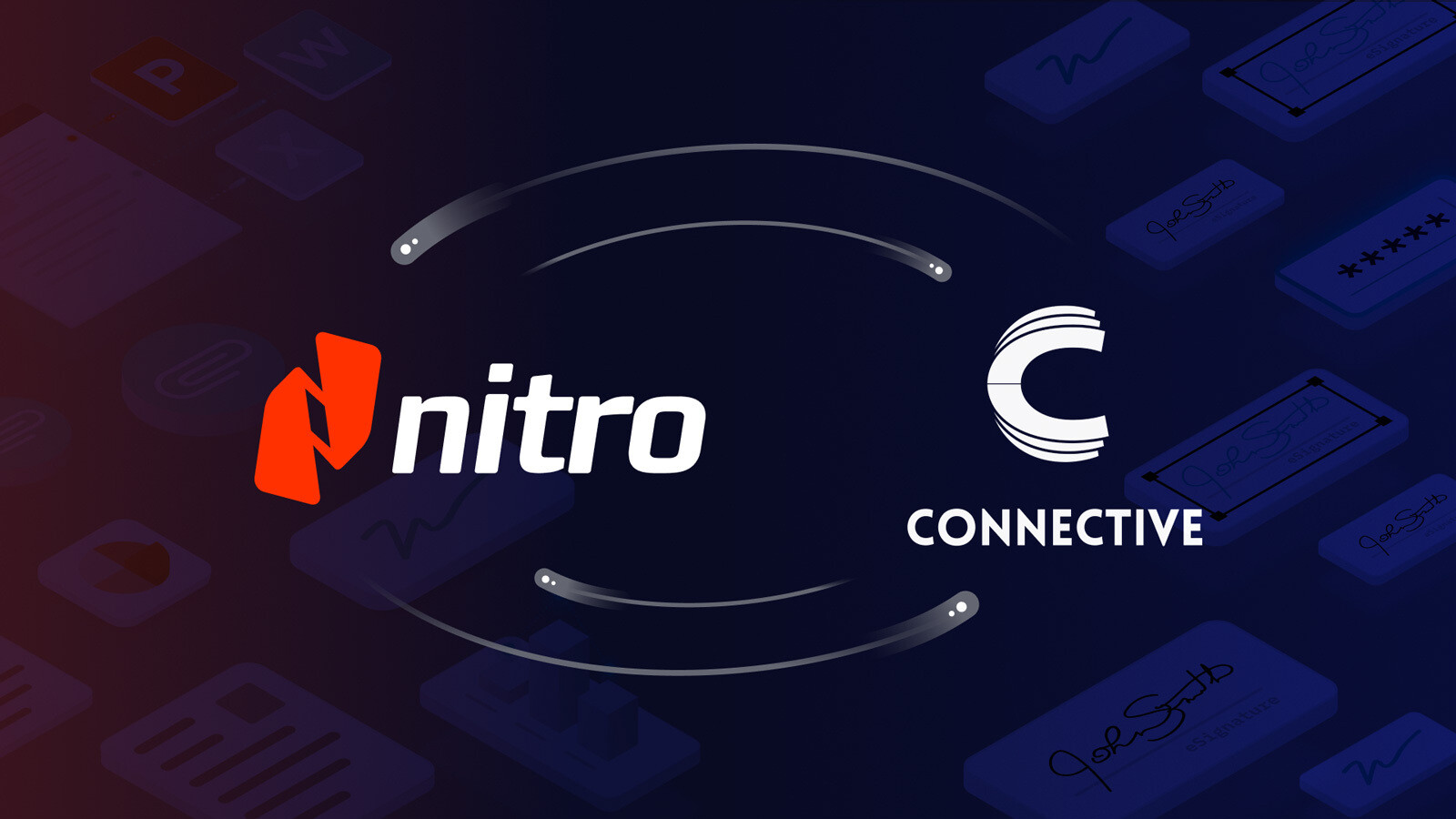Document automation is a strategic digital transformation that allows organizations to create documents automatically using templates and integrated data. This process, which boosts efficiency and profitability, begins with a document inventory, identifying common patterns for templating, choosing a scalable solution (like Nitro PDF), building smart templates, and finally, generating documents with minimal manual input.
A staggering 35% of IT leaders have highlighted AI and automation as the primary investment that they anticipate will make the most positive impact on their companies. While committing to document automation may seem like a daunting process, it’s 100% worth the effort.
Step 1: Complete a document inventory
Take stock of the types of documents your organization frequently produces to understand which ones need to be automated. These might include contracts, proposals, reports, and internal communications. Create a comprehensive list, including various examples from across the organization, to gain a clear understanding of the variety and scope of documents involved in theautomation process.
Step 2: Find commonalities and prioritize
After identifying the different document types, look for commonalities among them. Are there certain sections, clauses, or information that tend to repeat across various documents?
Common examples include:
- Salutations: Do these use first names or formal titles and surnames?
- Formats: Do certain documents use fixed structures, visuals, or branding?
- Input data: Where is the core information taken from? Is this a digital database?
By recognizing these patterns, you can prioritize the creation of reusable templates for these sections in your document automation process, reducing the need to recreate them from scratch each time.
Step 3: Choose the right document automation solution
Choosing the right tools is essential to streamline document generation and automation effectively. Nitro PDF offers a powerful suite of tools for creating, editing, and collaborating on PDF documents. Its user-friendly interface and robust features make it an ideal choice for managing document templates.
In general, consider the following:
- Storage: Where are your current documents stored? Are they digitally retrievable or stored physically? Digital storage is ideal for automation.
- Integration: If you require integrations between your document solution and other systems, check with your vendor to ensure they are compatible.
- Support: Consider how document automation software is delivered. How will training take place? What is the product roadmap, and how are updates handled?
- Testing: Try testing document automation tools using your own sample data and workflows to see if the interface is ideal for your users. You can try Nitro PDF tools for free.
-
Security: Your data is valuable and vulnerable. It’s vital to know how information is stored and protected with your vendor. Discuss security measures such as encryption, version control, how users are verified, and how often cloud-based storage is audited.
Step 4: Build intelligent document templates
True document automation fundamentally means that technology does the bulk of the work for you. Smart templates should be smart enough to evolve alongside your business and shouldn’t rely on clumsy workarounds or quick fixes.
Check that your solution includes adaptations for variables and data input, document output types, and user functionality.
Step 5: Generate documents
With your templates in place, the document generation process becomes significantly more efficient. All you need to do is fill in the specific details for each document, and the template will automatically populate the placeholders, saving time and reducing the risk of error.
Once your document automation process is in place, continuously monitor for opportunities for improvement.
Prepare for implementation challenges
As with any process implementation, challenges are bound to arise with document automation. Here are a few common challenges and how to address them:- Searching and collating documents: With an increasing volume of documents, finding the right one can become a challenge. Implement a robust document management system that allows for efficient search and categorization.
- Increasing volume of documents: As your organization grows, the number of documents generated and subsequently automated will also increase. Ensure your document generation process is scalable and can handle the growing volume.
- Managing multiple version histories: With collaborative document editing, version control becomes critical. Use features like comparing documents in Nitro to keep track of changes and revisions.
- Ensuring security: Protecting sensitive information is critical. Implement encryption and access controls to ensure only authorized people can access and edit documents.
- Resistance to change: Introducing a new process can sometimes face resistance. Proper training and clear communication about the new system's benefits can help alleviate concerns.
Nitro’s document automation expertise
Optimizing your document generation and document management processes is a multi-step journey that requires careful planning and the right tools.
Trusted by 67% of the Fortune 500, Nitro excels at improving efficiency.
We’d love to learn about your organization’s document automation goals and needs. Get in touch with us to see a demo of our solutions and learn how we can help.

/Card-Page%20Previews-AI.png?width=1200&height=800&name=Card-Page%20Previews-AI.png)




